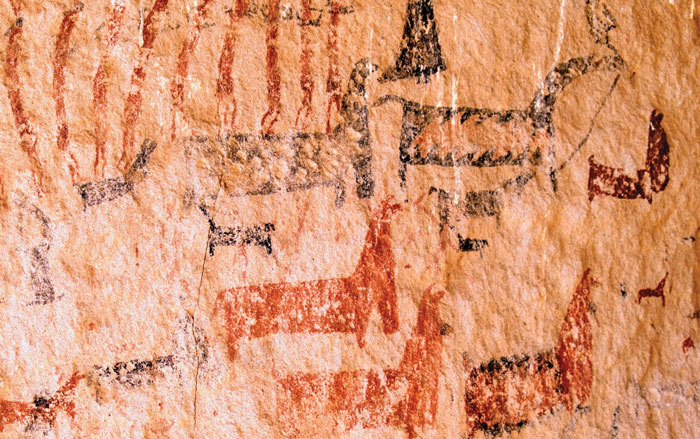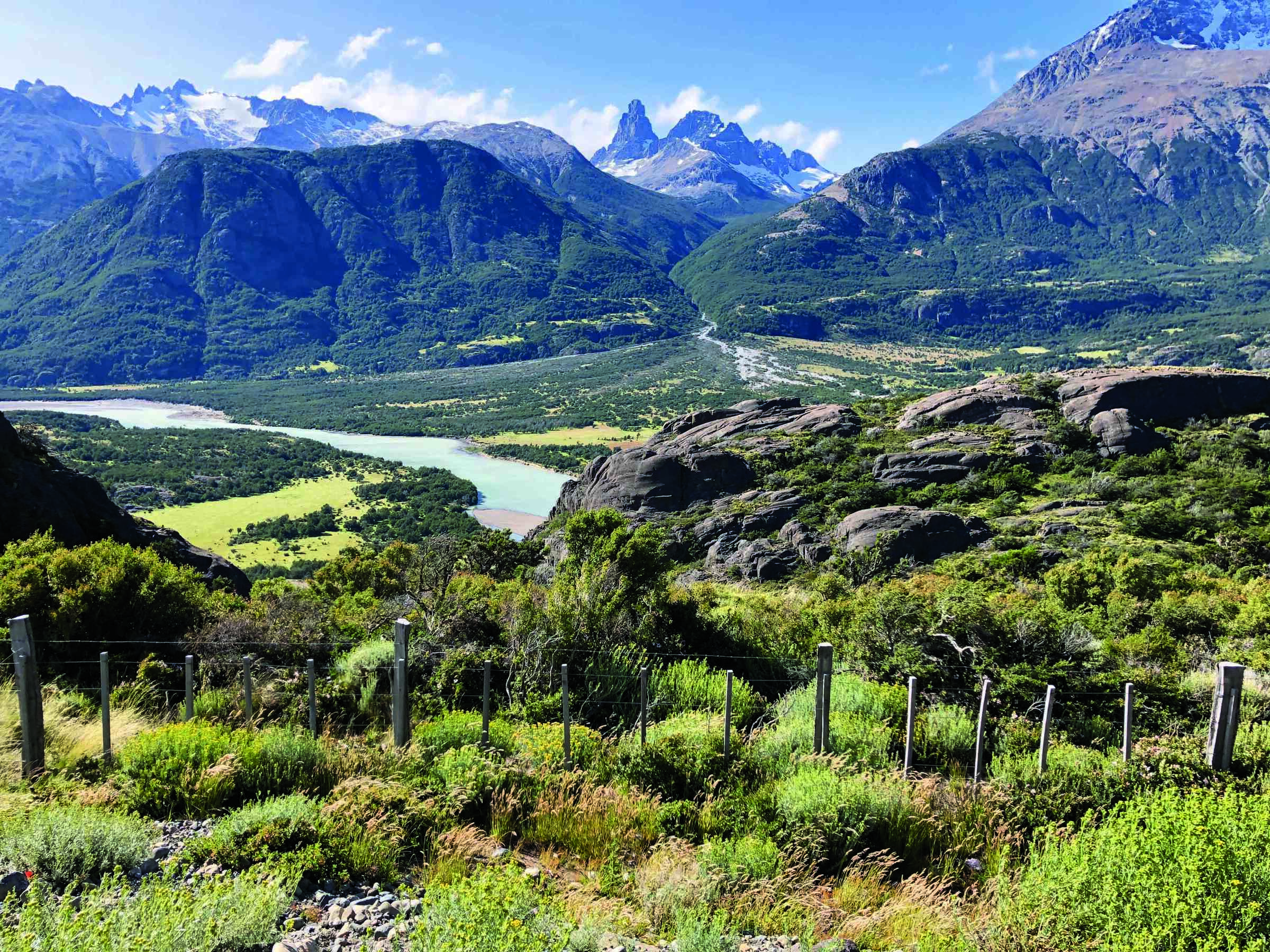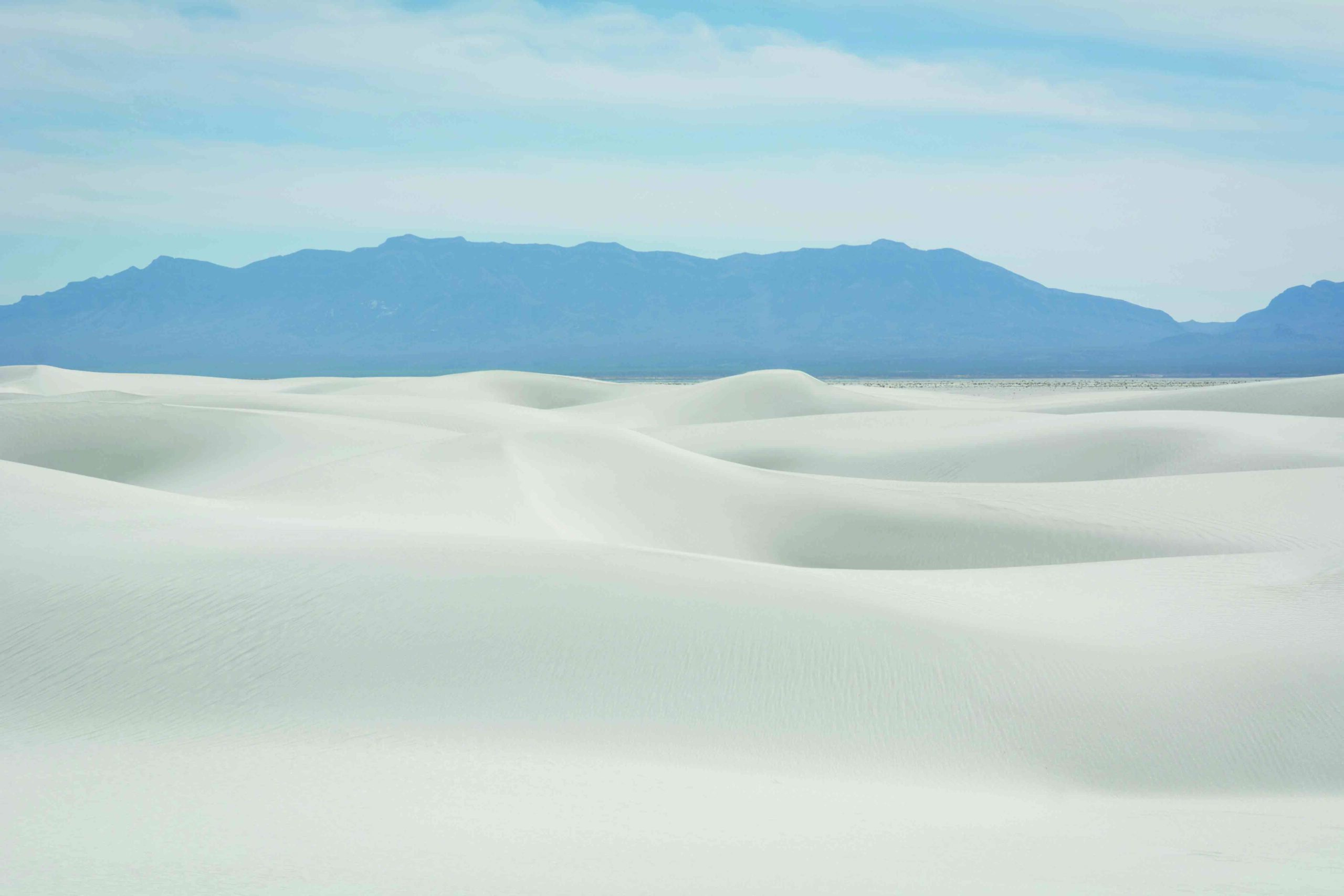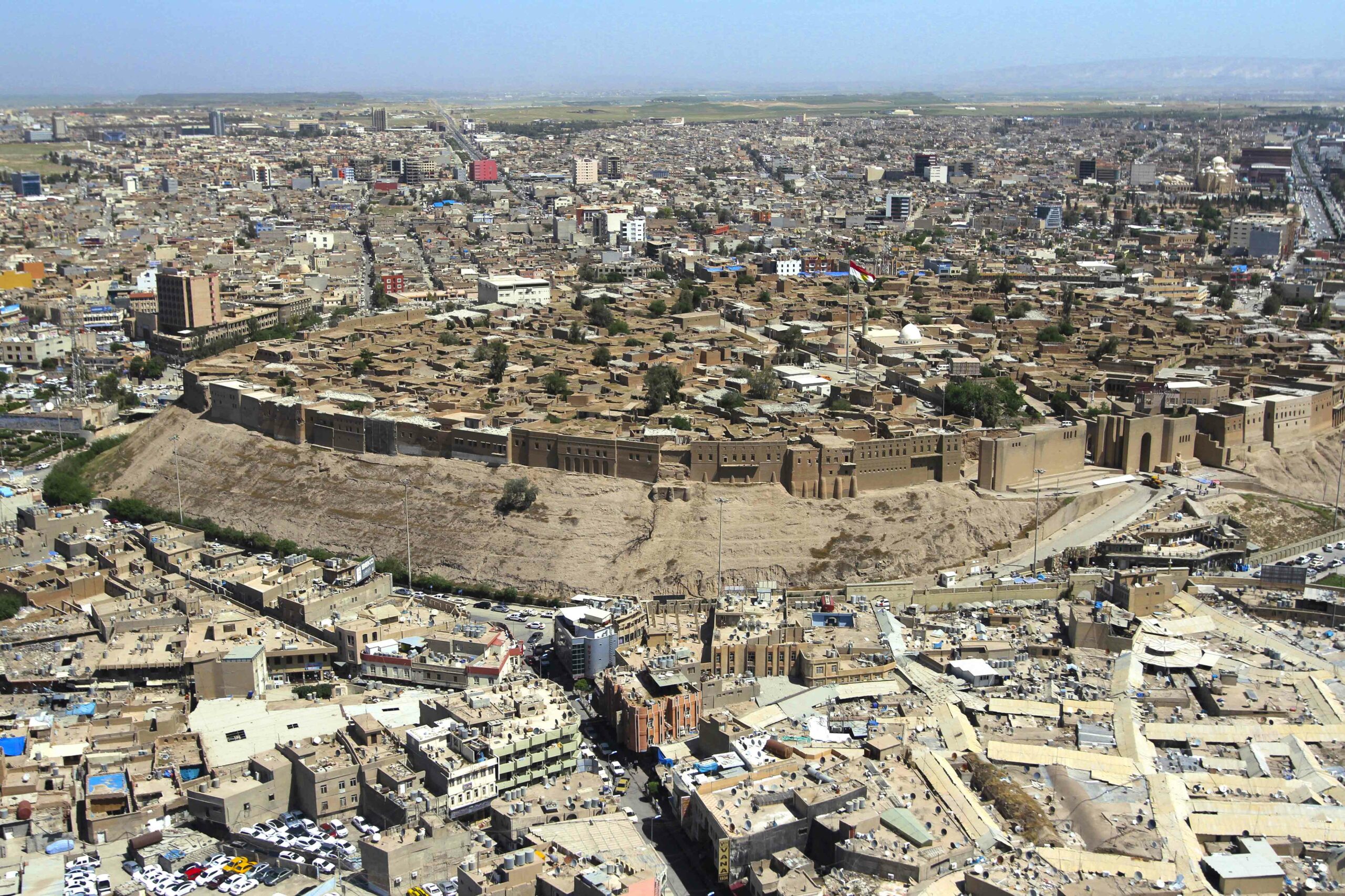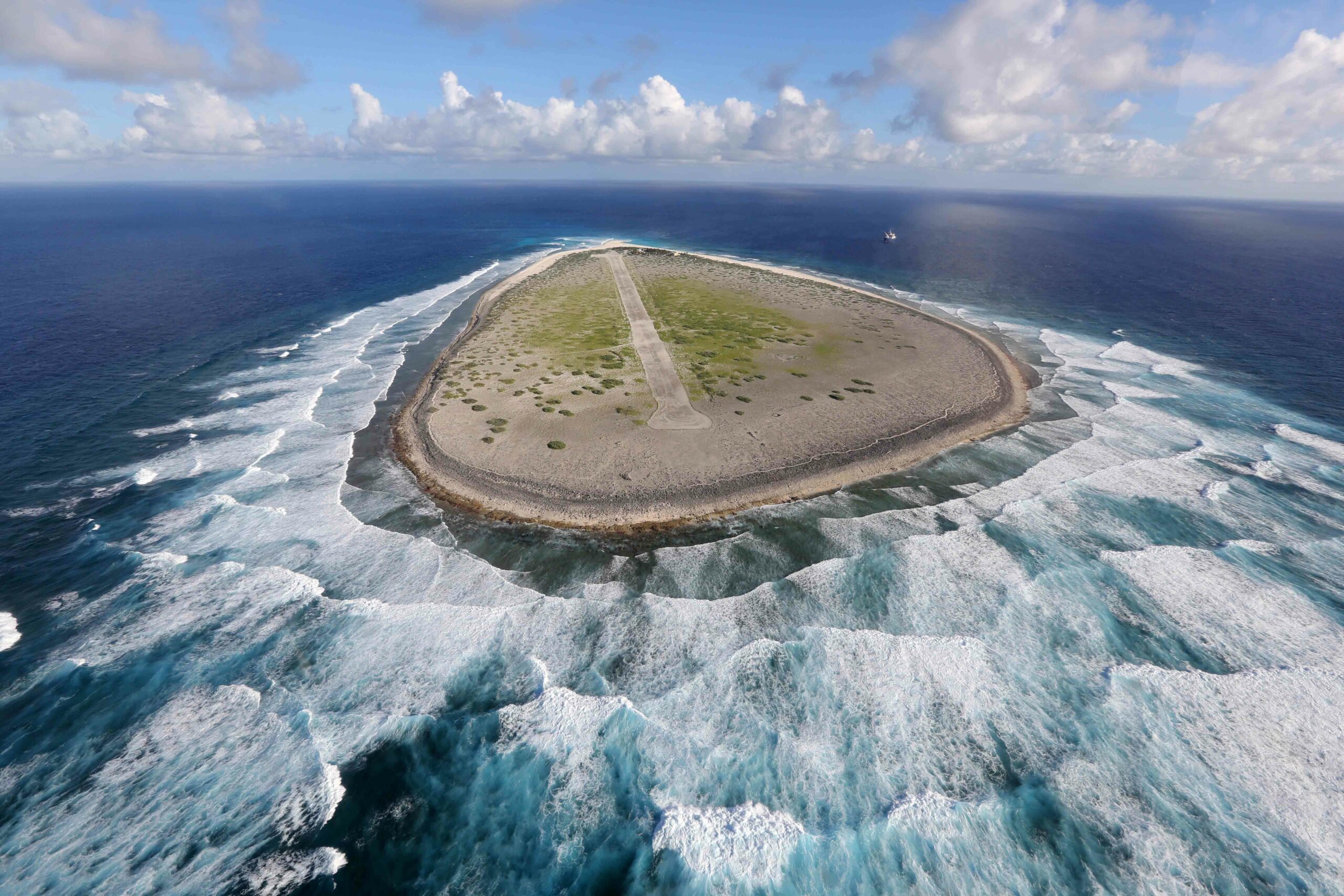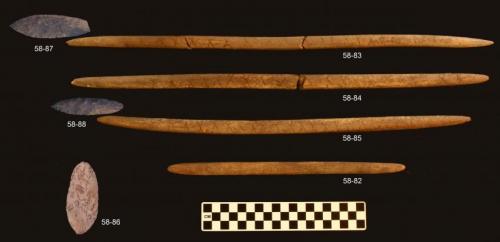
FAIRBANKS, ALASKA—The remains of two infants buried more than 11,000 years ago have been found underneath a hearth where the cremated remains of a three-year old child were discovered earlier. The hearth is part of a residential structure at Upward Sun River, one of the oldest archaeological settlements in Alaska. Perhaps a set of twins, one of the infants died in utero, while the other lived for a few weeks. The radiocarbon dates for all three sets of remains are identical, suggesting that there was perhaps only a single season between the death of the infants and the death of the small child. The hearth also contained traces of salmon and ground squirrels, offering clues to the diet eaten by the inhabitants, and indicating that the burials took place during the summer months. Shaped stone points and antler shafts decorated with incised lines were included in the burials as grave offerings. The weapons are the earliest known examples of hafted biface technology in North America. “Taken collectively, these burials and cremation reflect complex behaviors related to death among the early inhabitants of North America,” Ben Potter of the University of Alaska Fairbanks told Science Daily. DNA analysis could reveal how the children were related to each other and who the people were who lived at Upward Sun River. To read more about the first people to reach the New World, see "America, in the Beginning."



